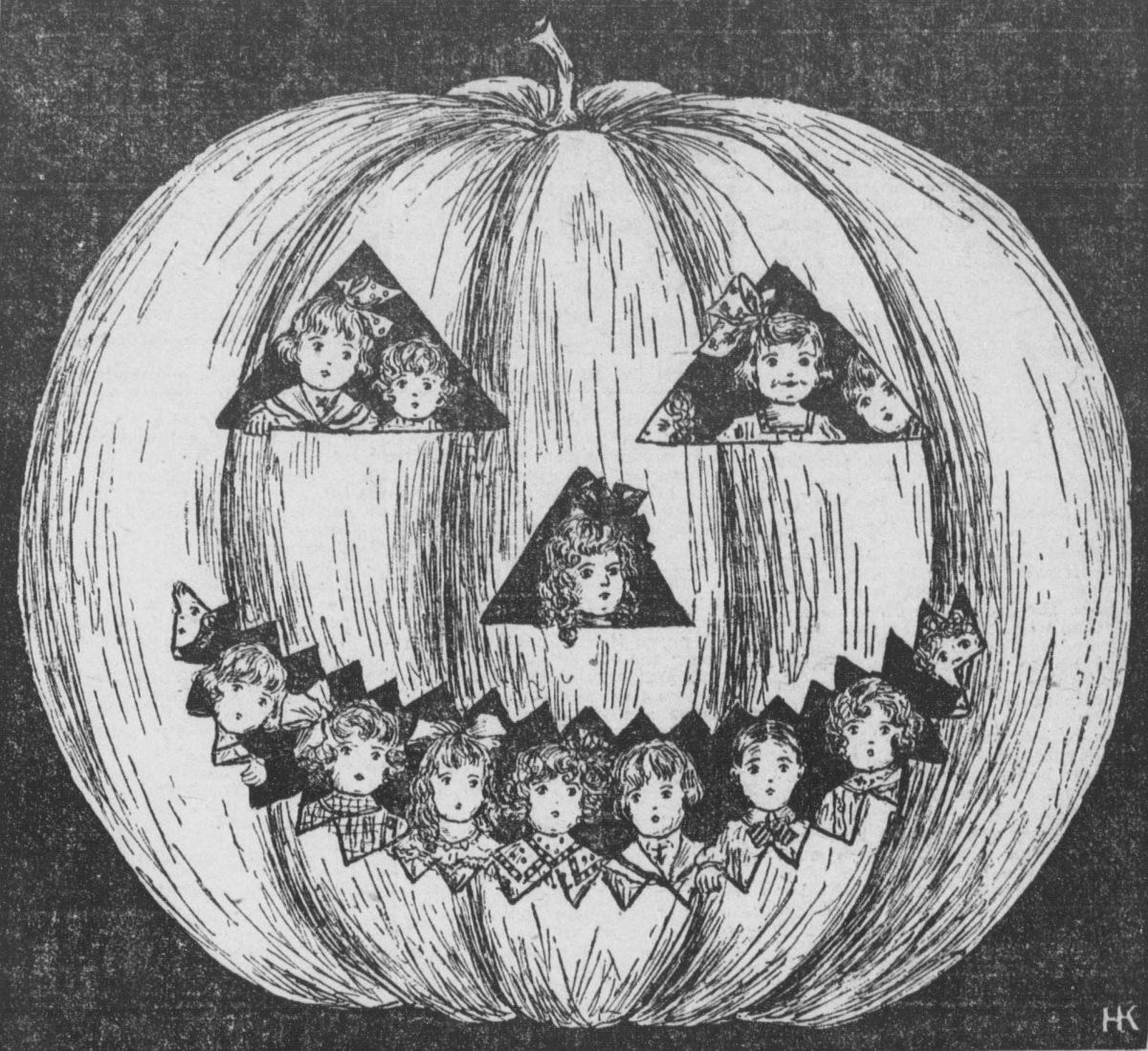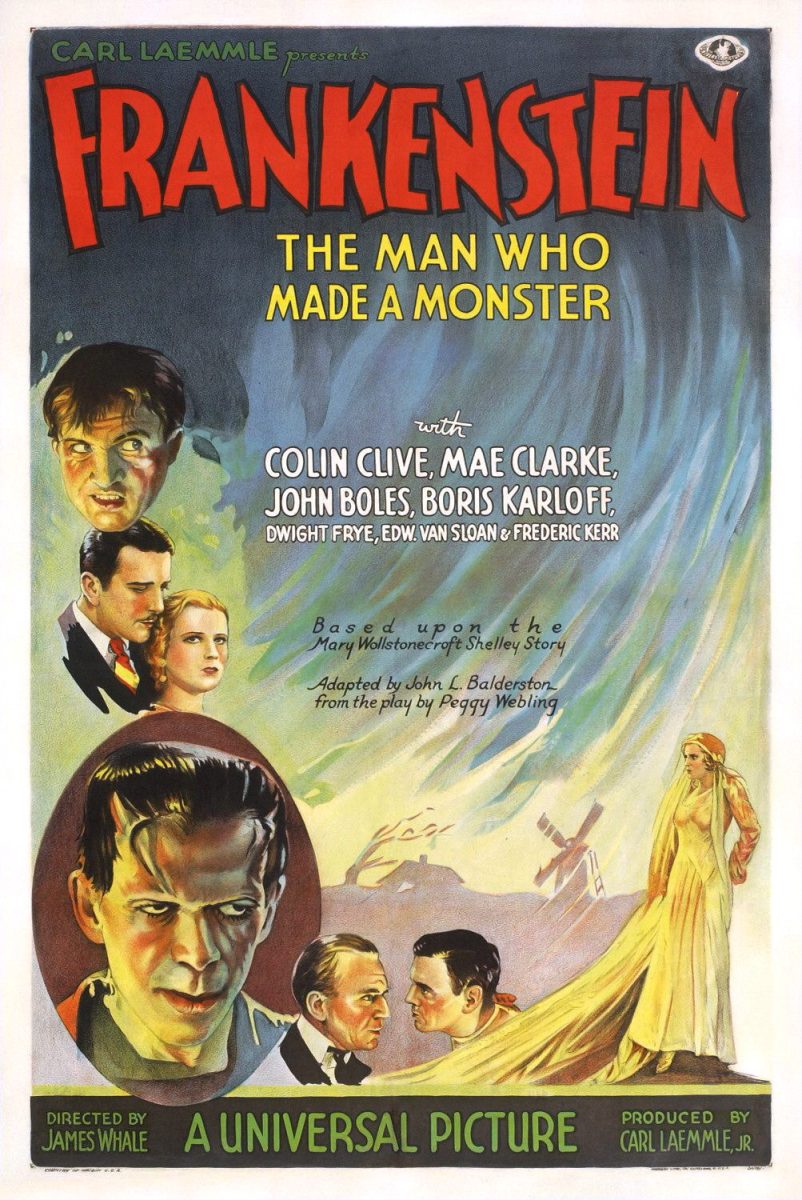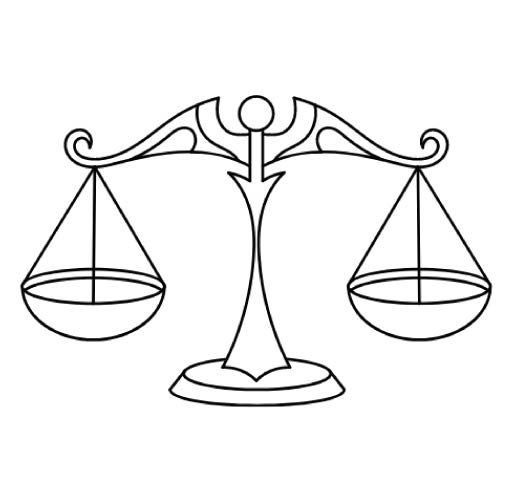by Carly Hanley
As a traditionalist woman raised with morals, values and a heavy weighted conscience, I struggled to watch “50 Shades of Grey.” The idea of using someone for personal pleasure in the many disturbing ways Christian Grey (Jamie Dornan) insisted on, was sickening to me. The plot was weaker than its potential, and the closing scene was dancing on the vague line between a cliffhanger and a bad way to end the movie.
I had low expectations for its sequel, “50 Shades Darker,” until the first scene. The producers explored a deeper angle this time. Instead of focusing on Grey’s flaws and how Anastasia Steele (Dakota Johnson) reacts to those flaws, they focused on why Grey is the way he is.
Characters who were only briefly mentioned in the first movie as part of Grey’s history were brought to life and cast with the perfect actors to fulfill those roles.
The main characters were cast strongly with Dornan and Johnson. Grey was very intense and egotistical in the first movie while in the sequel his character opened up and showed that he is capable of love.
Steele was a character who was not used to having a man’s attention. The first movie didn’t show Johnson’s full beauty, which was a solid way to enhance the storyline. However, in the sequel, it was appropriate to capture more than Johnson’s natural look. She did a fantastic job owning this character and not over-acting in the dramatic moments.
There were a lot of antagonists that disappeared from the story line as if it’s trying to build up their re-appearance, but then they never come back. Maybe this was done to add more unanswered questions for the potential third movie to answer. Otherwise, it was sudden and unrealistic that the people trying to kill Grey and Steele are just not going to bother them again.
My favorite scene is the masquerade ball. I’m always interested in seeing ballgowns and how movies portray significant events for charity. Besides the superficial elements of the scene, I love how strong and powerful Steele is toward the woman who sexually abused Grey as a teenager.
It’s the first moment when Steele stands up for who she loves and shows how unconditional her love is toward him in spite of what he’s been through. It’s inspiring to women of how to handle a situation that you never thought you would need to, which goes with the entire theme of the series.
Among all of the action, crime and romance, comedy was placed in appropriate moments to take the edge off for the audience. Comedy relief is always appreciated, but in “50 Shades Darker” it was enlightening.
“50 Shades Darker” – a fast-paced, well-told story, with a hint of mystery and a subtle cliffhanger ending is worth dedicating an evening to.








